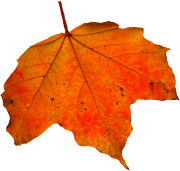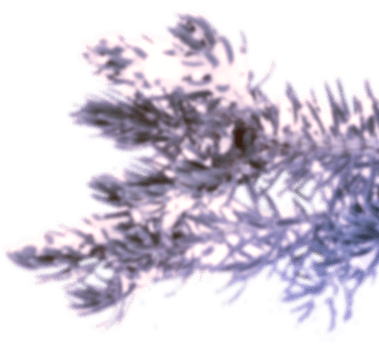Repairs and Restorations
If only your instrument could tell you its story.
Musical instruments have the ability to live for hundreds of years, and it is with that thought that we can view our ownership of them as temporary.
During this long life instruments can and will be ravished by time; from decades of neglect to years of faithful service…violins are made of wood, and wood will need to be repaired.
Yanfu Tong employs a wide range of techniques, tools and skills to complete all violin, viola and cello repairs and restorations to the highest degree.
We hope to have the honor of maintain, repairing, restoring or the setup of your fine instrument during its long life.
Eyebrow Patch Repair
Lower ff hold wings crack. It’s just a fact. The problem arises when so few Luthiers employ the correct repair! Most old instruments have ill fitting, oddly shaped cleats. These cleats inevitably allow the glued crack to once again fail, and the cleat ends up buzzing and/or causing further damage to the instrument. The correct repair is called an eyebrow patch. Approximately half of the original wood is carved away and a new piece of spruce with opposing grain is carefully chalk fitted. Once done, this delicate area is actually stronger than when the instrument left is actually stronger than when the instrument left the makers bench. Additionally, as the patch is flush to the edge, future Luthiers will not get their opening knife caught up on a protruding cleat preventing future damage during top off repairs.
So Many Cracks
This poor old violin had seen better days. A past repairman caused many micro cracks when the top was forcefully removed. The repair that had been done, a center seam crack that was shimmed, has now failed…as well as most of the micro cracks have now become full blown cracks.
We began by just taking things apart to see how much damage was really there. The more we dug, the more we found. 14 cracks with a total distance of 39.5 inches!!! Roughly 30 cleats, and eyebrow patch and a sound post plate were needed to get the top back together. Also, the end block was split in two. The break was clean, so we decided to re-glue it rather than to replace it to help keep costs down.
In the end this is a great little violin that will make the owners happy for years to come.
Bass Bar
Bass bar placement is not easy. Careful study of the instrument is needed. We actually start outside the instrument by carefully deciding what size bridge is best suited for the model. Once the bridge width is decided on, we carefully begin the layout process, often times trying to find a compromise between mathematical placement and model nuances.
Chalk fitting ensures a perfect fit with no buzzes and maximum tone. Once fit, it is glued and clamped in place. Finally we are able to profile the bar and carve its proper shape, a nice gothic arch at the highest point that gracefully blends to a half round. A new bar can breath fresh air into an older instrument and correct problems from ill conceived ones.











